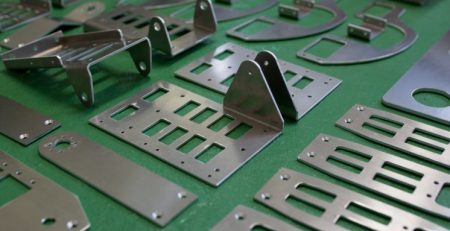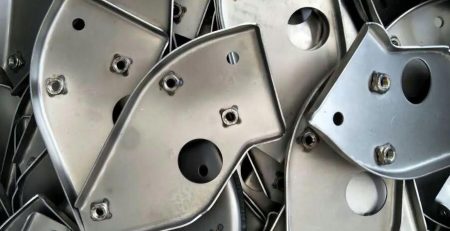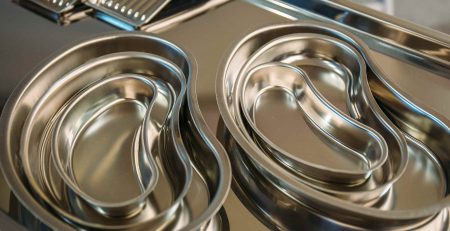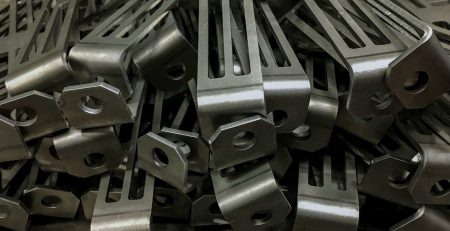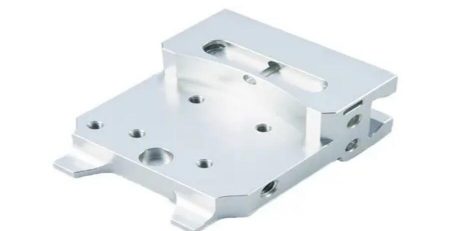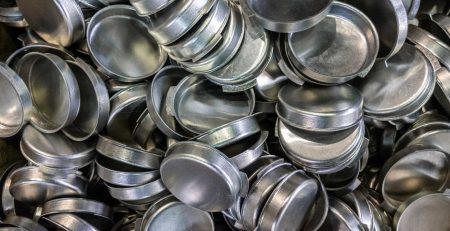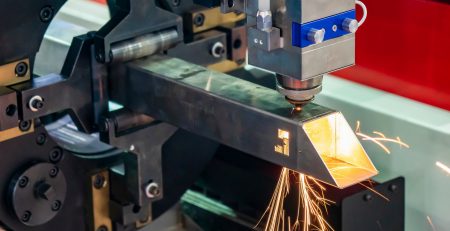The Top Trends in Metal Stamping Technology for 2023 and Beyond
Metal stamping technology has come a long way in recent years, and it’s not showing any signs of slowing down. As we approach 2023 and beyond, there are several exciting trends on the horizon that are set to revolutionize the industry. From advancements in automation and robotics to the use of new materials and techniques, metal stamping is set to become faster, more efficient, and more precise than ever before. As a highly skilled assistant specializing in digital marketing and content writing, I’ve had the privilege of exploring these trends in depth and learning how they will impact the industry. In this article, I’ll be sharing some of the top trends in metal stamping technology for 2023 and beyond, and how they’ll shape the future of this exciting field. So, whether you’re a metal stamping enthusiast or simply interested in the latest technological advancements, read on to discover what the future holds for this fascinating industry.
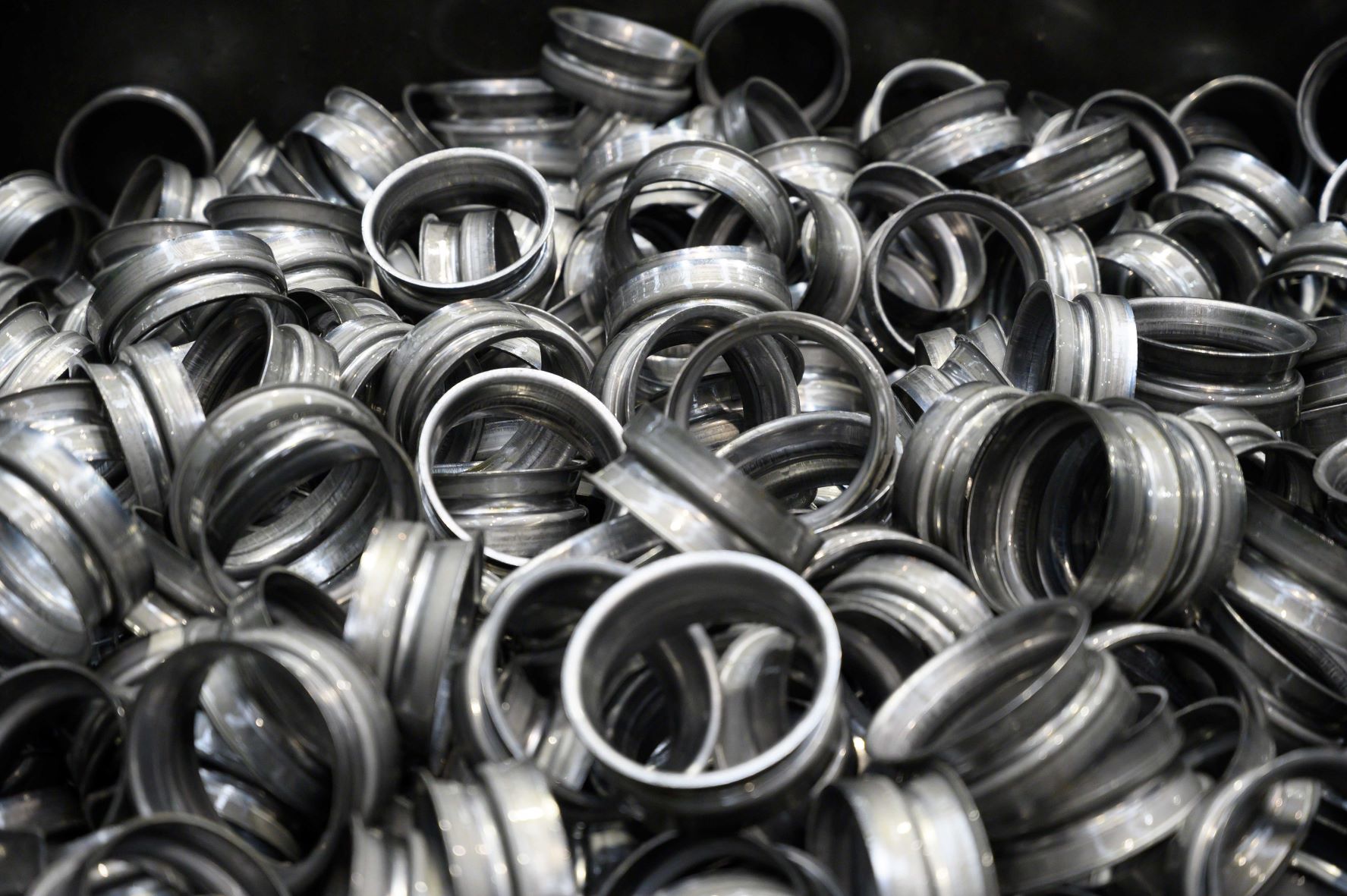
The Importance of Staying Up-to-Date with Metal Stamping Trends
As technology continues to evolve, it’s essential to stay up-to-date with the latest trends in metal stamping. Ignoring these trends could lead to missed opportunities and falling behind the competition. Staying informed about the latest technological advancements in metal stamping will help manufacturers make informed decisions about investing in new equipment, materials, and techniques.
Moreover, staying up-to-date with metal stamping trends ensures that manufacturers can create high-quality products efficiently. By implementing the latest technology and techniques, manufacturers can reduce production time, lower costs, and improve product quality. In a highly competitive market, improving efficiency and quality can make all the difference.
Industry Trends Driving Metal Stamping Technology Advancements
Several industry trends are driving advancements in metal stamping technology. Firstly, the need for faster production times and greater efficiency is driving the adoption of automation and robotics. Secondly, sustainability concerns are driving the use of new materials and techniques that reduce waste and energy usage. Thirdly, the demand for improved precision and accuracy is driving the integration of AI and machine learning into metal stamping processes.
Lastly, the rise of 3D printing technology is also driving changes in the metal stamping industry. 3D printing is a process of creating three-dimensional objects from a digital file. It can create complex shapes and parts that are difficult to produce using traditional metal stamping methods. The ability to 3D print metal parts is set to revolutionize the industry, enabling manufacturers to create customized parts that are lighter, stronger, and more durable than ever before.
Top Trends in Metal Stamping Technology for 2023 and Beyond
Advanced Automation and Robotics in Metal Stamping
Automation and robotics have been transforming the manufacturing industry for years. Metal stamping is no exception. The rise of automation and robotics has led to increased production rates, improved accuracy, and reduced labor costs. In 2023 and beyond, the use of automation and robotics in metal stamping is set to become even more widespread.
Automated metal stamping processes can operate around the clock, producing parts with consistent quality and high precision. Robots can handle tasks that are too dangerous or difficult for humans, such as handling heavy or bulky parts. These advancements are expected to lead to significant cost savings, improved product quality, and faster production times.
The Rise of 3D Metal Printing in Stamping Technology
3D printing is a game-changer for the metal stamping industry. 3D metal printing allows manufacturers to create complex and intricate parts that would be difficult or impossible to produce using traditional methods. The ability to produce customized parts on-demand is a significant advantage, as it allows for faster prototyping and production.
The use of 3D metal printing is set to become more widespread in the metal stamping industry, as the technology becomes more affordable and accessible. This trend is expected to lead to significant cost savings, improved product quality, and faster production times.
Improved Precision and Accuracy in Metal Stamping
Precision and accuracy are critical in metal stamping, as even the slightest deviation from the desired specifications can lead to product defects or failures. To address this issue, manufacturers are turning to AI and machine learning to improve precision and accuracy.
AI and machine learning can optimize stamping processes, improve part quality, and reduce waste. The use of these technologies enables manufacturers to identify and correct production issues in real-time, reducing the risk of defects and failures. This trend is expected to lead to improved product quality, reduced waste, and faster production times.
The Integration of AI and Machine Learning in Metal Stamping
The integration of AI and machine learning is set to transform the metal stamping industry. By analyzing data from sensors and other sources, AI can identify patterns and trends in production processes, allowing manufacturers to optimize production and improve efficiency. Machine learning can enable stamping machines to learn from experience and adapt to changing conditions, improving accuracy and reducing waste.
The integration of AI and machine learning is expected to lead to significant cost savings, improved product quality, and faster production times. The ability to optimize production processes in real-time will be a significant advantage in a highly competitive market.
Sustainability in Metal Stamping Technology
Sustainability is a growing concern in the manufacturing industry, and metal stamping is no exception. Manufacturers are under increasing pressure to reduce waste, energy usage, and environmental impact. To address these concerns, manufacturers are turning to new materials and techniques that reduce waste and energy usage.
For example, the use of recycled materials can reduce waste and lower costs. Additionally, new stamping techniques can reduce energy usage, such as hot stamping, which uses less energy than cold stamping. These sustainability trends are set to become more widespread in the metal stamping industry, as manufacturers strive to reduce their environmental impact and improve their bottom line.
The Future of Metal Stamping Technology and Its Impact on the Industry
The future of metal stamping technology is set to be faster, more efficient, and more precise than ever before. The adoption of automation and robotics, the rise of 3D metal printing, the integration of AI and machine learning, and sustainability trends are transforming the industry. Manufacturers who stay ahead of these trends and adopt new technologies and techniques will have a significant advantage in the market.
In conclusion, the metal stamping industry is undergoing a significant transformation, thanks to advancements in technology. The top trends in metal stamping technology for 2023 and beyond include the adoption of automation and robotics, the rise of 3D metal printing, improved precision and accuracy, the integration of AI and machine learning, and sustainability trends. Manufacturers who stay ahead of these trends and adopt new technologies and techniques will have a significant advantage in the market.

